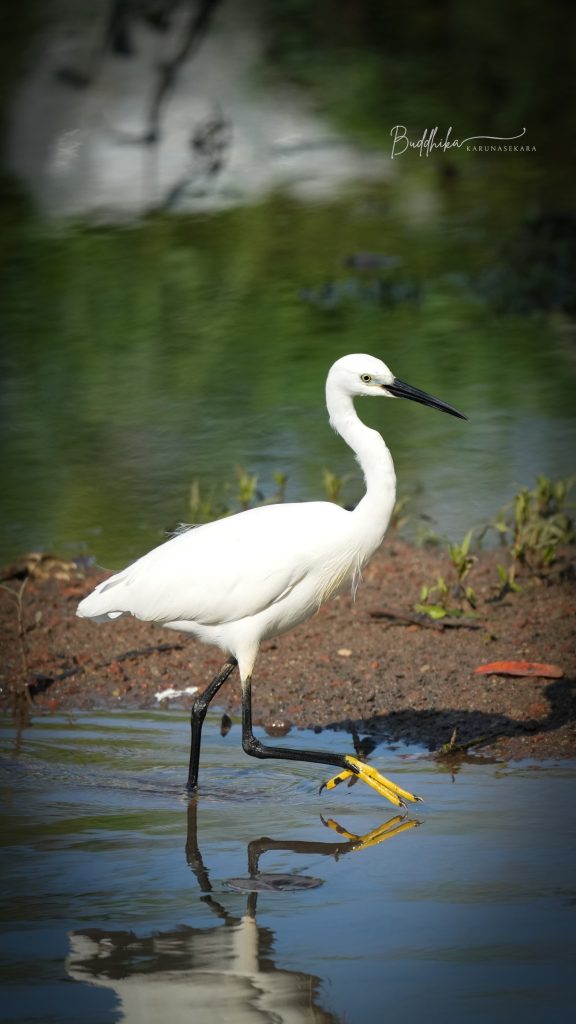
From the mangrove-laden deltas of Bangladesh to the sacred rivers of India, from African wetlands to the paddy fields of Asia, Little Egrets have danced through centuries of human storytelling. These elegant white herons, with their distinctive black bills and golden feet, weave through cultural narratives as messengers between water and sky.
In West African Yoruba tradition, Little Egrets are revered as emissaries of Oshun, the deity of fresh waters. Their appearance near streams and rivers signals the goddess’s blessing, and their graceful hunting dance is viewed as a sacred ritual. Local wisdom speaks of egrets leading people to clean water sources during droughts, their presence a sign of ecological health.
Chinese mythology paints these birds as symbols of purity and spiritual elevation. Ancient texts tell of Taoist sages who studied the egret’s patient hunting technique as a lesson in mindfulness and precision. Their white plumage features in poetry as a metaphor for enlightenment, their ability to emerge unstained from muddy waters representing spiritual transcendence.
Along India’s sacred riverbanks, Little Egrets hold special significance in Hindu mythology. Known as “bagula” in Sanskrit texts, they appear in stories as companions to river goddesses. Village folklore tells of egrets as transformed yogis, their meditative stance while hunting reflecting deep spiritual practice.
In Vietnamese rice-farming communities, Little Egrets are welcomed as natural pest controllers and weather prophets. Traditional knowledge speaks of their behaviour predicting rain patterns, while their presence in fields is seen as a blessing, protecting crops from harmful insects.
Mediterranean fishermen have long regarded these birds as clever allies. Egyptian felucca sailors share tales of egrets guiding their boats through the Nile’s maze-like channels, while Greek island communities see them as the reincarnated souls of ancient mariners, returned to watch over their descendants.
Even in Britain, where they vanished centuries ago before their recent return, Little Egrets feature in medieval manuscripts as symbols of nobility and purity. Their comeback to British shores in the 1990s sparked new stories of ecological resilience and hope.
Like the wetlands they inhabit, Little Egrets remain vital characters in human culture—adaptable yet unchanging, common yet mysterious—continuing to inspire fresh narratives about our relationship with the natural world.
